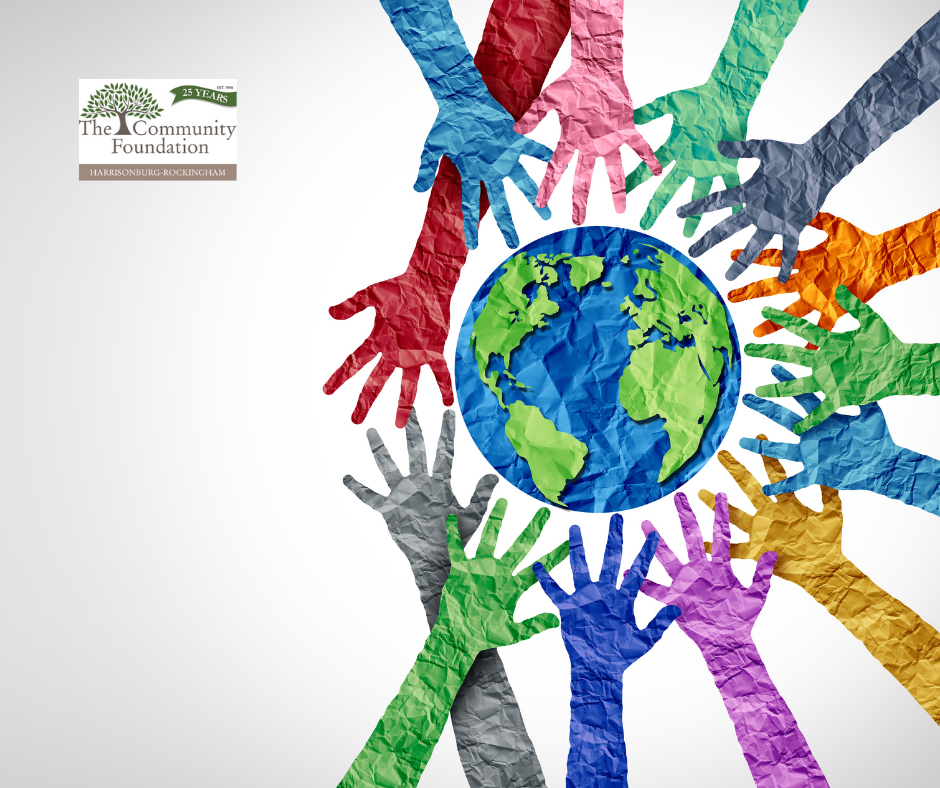Crisis giving: Avoiding pitfalls
Crisis giving: Avoiding pitfalls

And therein lies a problem. Or a potential one, at least.
Well-intended zeal and urgency to give may not be truly aligned with the needs. Unfortunately, not all “dollar destinations” are legitimate, either in their authenticity or their declarations that a specified gift percentage will be delivered as intended. Among fraudsters’ tools are TV ads that can pop up overnight; illicit websites or URLs bearing seemingly familiar names (known as phishing); or digital money transfer recipient addresses or account names that are difficult if not impossible to verify. In some cases, donors are mistaken or confused about the deductibility of their contributions. Even the IRS is issuing warnings about crisis giving and potential fraud.
Count on The Community Foundation as your trusted source to authenticate grantee organizations. Our team not only knows the charitable landscape, but also we can fully vet recipient organizations for qualification and tax deductibility. The Community Foundation’s role is especially important and relevant in light of a recent study that revealed a growing decline in trust in nonprofits–despite nonprofit organizations still being among the most trusted organizations (along with small businesses).
The Community Foundation is here to help you navigate all of the considerations that factor into making a tax-deductible gift to a legitimate organization that can truly help offer the relief you intend. Indeed, mobile devices have made it easy to act on our honest instincts. However, in an increasingly impatient, noisy, and short-attention-span world that can carry a “get ‘er done” urgency, haste often makes waste.
Please give us a call to talk through your options for crisis giving and how to make sure your dollars get to the people and places that need it most. 540-432-3863
This article is provided for informational purposes only. It is not intended as legal, accounting, or financial planning advice.




















